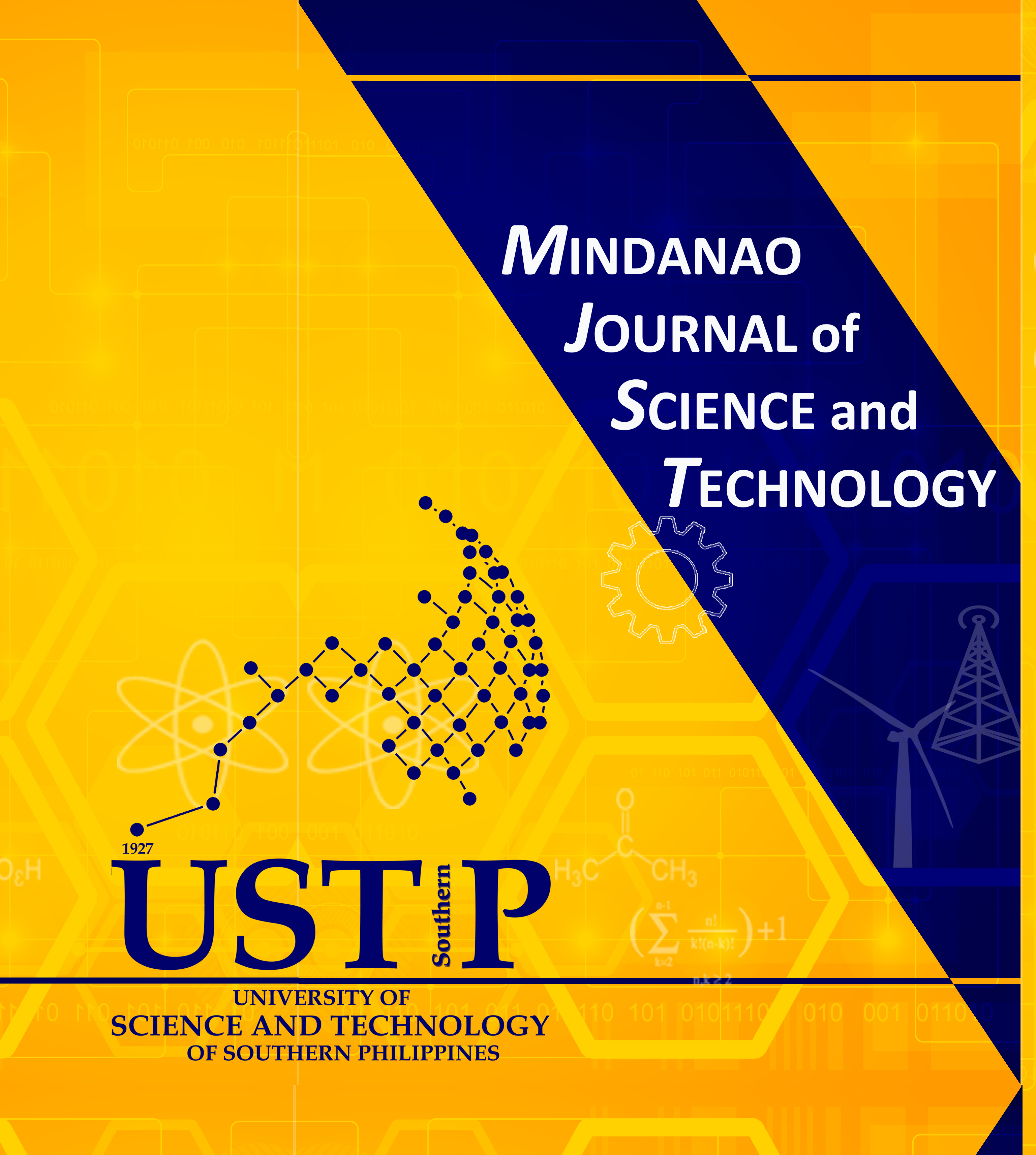Physiological Efficiency of Corn-legumes Intercropping Systems under Conservation Agriculture Practice Systems (CAPS) in Northern Mindanao, Philippines
Keywords:
CAPS, corn-legumes, physiological parameters, agronomic innovation, Northern MindanaoAbstract
Conservation Agriculture Practice Systems (CAPS) is a recent agronomic innovation that is tailor-fitted approach for successful adoption of conservation agriculture (CA). In this study, the influence of various CAPS in a corn-legumes systems on key physiological parameters of corn such as leaf area index (LAI), net assimilation ratio (NAR), dry matter yield (DMY), harvest index (HI) and grain yield (GY) were evaluated at various crop stages (30, 60, 85 days after planting and at harvest) , in two cropping seasons, respectively. Five corn-based cropping systems (CS), namely: CS1 (corn + Arachis pintoi – Corn + A. pintoi), CS2 (corn + Stylosanthes guianensis – Corn + S. guianensis), CS3 (corn + cowpea – upland rice + cowpea), CS4 (corn + rice bean – Corn + Rice bean) and CS5 (corn – corn), were employed as treatments. LAI, DMY, HI and GY were significantly influenced by the various imposed CAPS relative to the control (CS5, sole corn). However, recorded NAR values showed to be higher in CS5 (sole corn). Highest GY was obtained in CS2 (4.26 t ha ) as the mean for the 2-cropping seasons. Among the CAPS, the used of A. pintoi and rice bean proved to be a promising associated legumes species to complement the base crop. Results of the study, provides the initial merits of adoption of CAPS in Northern Mindanao within the context of productivity, profitability and resiliency amidst a changing climate.










